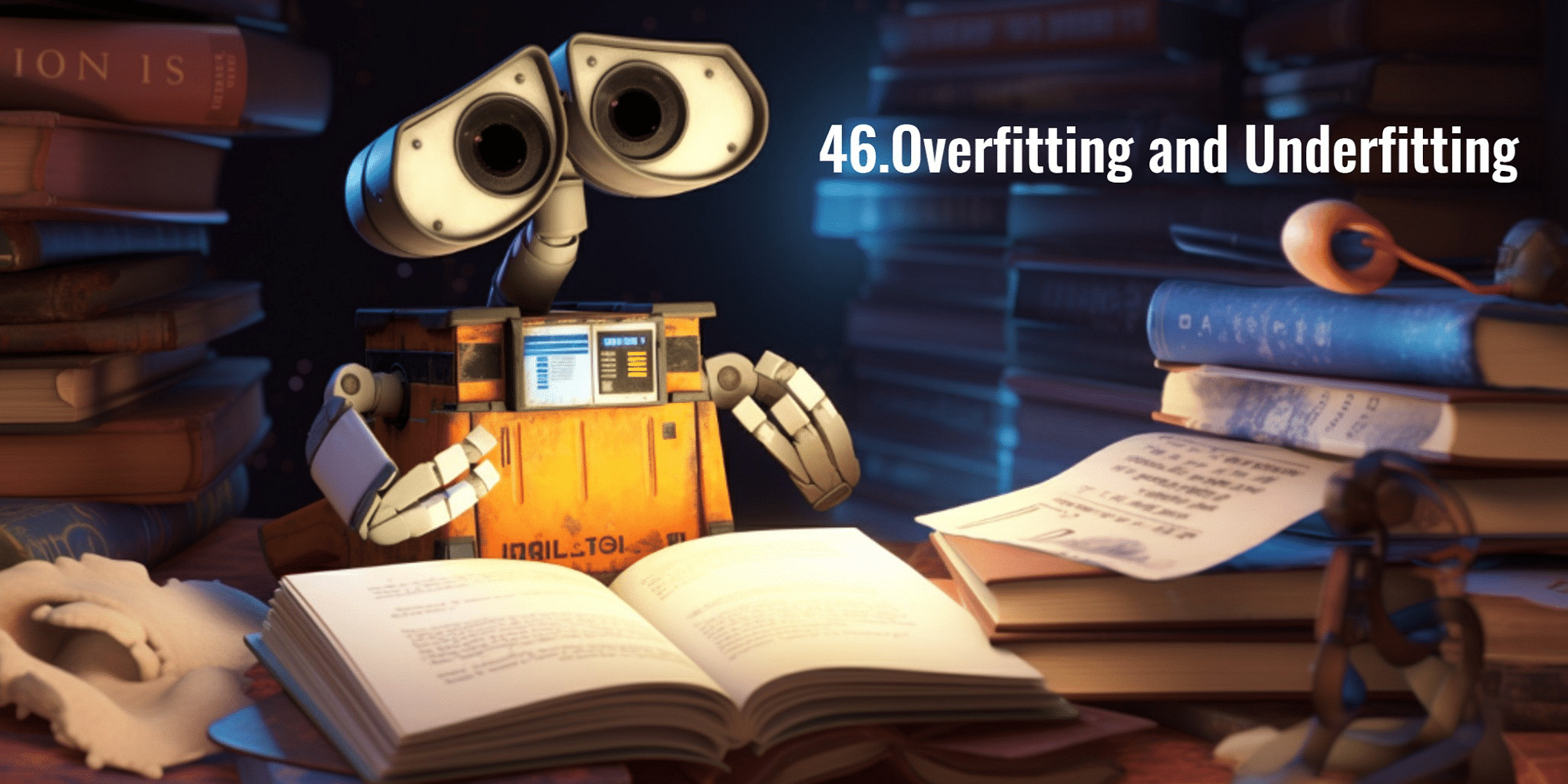In the realm of machine learning, training accurate and robust models is a constant pursuit. However, two common challenges that often hinder model performance are overfitting and underfitting. These phenomena occur during the training process and can significantly affect the model’s ability to generalize and make accurate predictions. In this article, we delve into the intricacies of overfitting and underfitting, exploring their causes, implications, and strategies to mitigate their impact.
Understanding Overfitting:
Overfitting occurs when a machine learning model becomes too complex, capturing noise and irrelevant patterns from the training data. This excessive fitting to the training set leads to poor performance on unseen data, as the model fails to generalize effectively. We examine the underlying causes of overfitting, such as an insufficient amount of training data or an excessively complex model architecture.
Uncovering Underfitting:
Contrary to overfitting, underfitting arises when a machine learning model fails to capture the underlying patterns and complexity of the data. It occurs when the model is too simple or lacks the capacity to learn from the training data effectively. We explore the factors that contribute to underfitting, including a model’s limited expressiveness or an inadequate amount of training iterations.
The Impact on Model Performance:
Both overfitting and underfitting have adverse effects on the performance of machine learning models. Overfitting leads to high variance, where the model becomes overly sensitive to the training data, resulting in poor generalization to new data points. Underfitting, on the other hand, results in high bias, causing the model to oversimplify the underlying relationships in the data. We discuss the consequences of these issues and their implications for real-world AI applications.
Strategies to Combat Overfitting and Underfitting:
To mitigate the problems of overfitting and underfitting, various techniques and strategies can be employed during the model training process. We explore regularization methods, such as L1 and L2 regularization, which introduce penalty terms to control model complexity. Additionally, techniques like cross-validation, early stopping, and data augmentation can help prevent overfitting and improve model generalization. We delve into these approaches and provide practical insights on their implementation.
Overfitting and underfitting are critical challenges in machine learning model training. Understanding their causes, consequences, and mitigation strategies is essential for building accurate and reliable AI systems. By recognizing the signs of overfitting and underfitting and employing appropriate techniques, practitioners can enhance their models’ performance, enabling more effective decision-making and unlocking the true potential of machine learning.
Remember, striking the right balance between model complexity and generalization is key. With a solid grasp of overfitting and underfitting, AI practitioners can navigate the complexities of model training and drive advancements in various domains.





![Read more about the article [Funding alert] Kaagaz, The Renal Project, Zama Organics, others raise early-stage funds](https://blog.digitalsevaa.com/wp-content/uploads/2022/02/V-05-1600852077699-300x150.png)




